Traveling with Vision Pro—or settling in for an all-day session away from home—changes the calculus for fit, protection, and comfort. Small missteps (a squeezed case, a sweaty strap, a loose charge cable) compound quickly on planes, trains, and long layovers. This guide gives concrete, on-the-go techniques to set up your headset and FlitLift accessory, pack it safely, maintain materials, and stay comfortable through changing weather, workouts, and long work sessions. ⏱️ 10-min read
Read on for a travel workflow you can practice in five minutes, cleaning and inspection cadence to preserve the soft parts, and real-world case examples that show how tiny preparations keep your Vision Pro lightweight, secure, and ready.
Pre-Travel Fit and FlitLift Setup
Before you pack, establish a baseline fit that will survive movement and time. Start with the headband tension: the goal is even contact across the crown, not a tight clamp in a single spot. With the headset off, position it so the band naturally sits where your hairline curves; when you don it, tighten straps in 2–3 mm increments until the weight feels distributed. If you feel hotspots—sharp pressure behind an ear or a pinch on the temple—loosen the nearest strap by a small amount and recheck.
Visor height and eye relief are just as important for long sessions. Adjust the visor so it clears your eyelashes and brow without leaving a distracting gap. If you wear glasses, increase eye relief slightly to prevent frame contact; contacts users should also test for a small, even gap between the lenses and eyes to reduce fogging. Rebalance the nose bridge by experimenting with small height changes to eliminate pinching and improve airflow.
When using FlitLift, aim for a snug but relaxed arrangement that offsets forward visor weight without tugging the temples. Attach straps so clips sit behind the ears and don’t slide with head movement. The sweet spot is light forward tension that stabilizes your gaze without making the band feel restrictive—try a two-minute walking test in the terminal or hallway to confirm stability while turning your head.
Storage Solutions and Protective Packing
Choose a case that matches how you travel. For frequent flyers, a molded or foam-lined case with interior dividers keeps headset, controller(s), and cables from shifting during turbulence. If you prefer a carry-on slot, look for a compact footprint that fits beneath a seat or into an overhead compartment. Cases with secure latches and a soft sleeve add extra defense against scuffs and pressure.
Protect the lenses. Slip each lens panel into a lint-free microfiber sleeve or anti-scratch pouch; if your case lacks lens caps, use thin anti-scratch covers over each optical surface. Pack these inside the case away from hard edges. Separate cables and adapters into labeled pouches—use color-coding or tiny adhesive tags—so you’re not untangling cords at security checkpoints.
Assemble a compact cleaning and spare parts kit in a moisture-resistant pouch: a microfiber cloth, a small brush for crevices, anti-fog wipes approved for optics, and any spare face cushions or small screws that your FlitLift system uses. Store the case in your carry-on or an outer compartment for quick access; if you must stow it in checked luggage, add a rigid shell around the case to avoid crushing.
Cleaning and Materials Care to Preserve Comfort
Caring for optics and contact surfaces on the road both preserves comfort and extends component life. For exterior surfaces and lenses, use a soft microfiber cloth. For stubborn smudges, lightly dampen the cloth with water or a manufacturer-approved cleaner—never spray directly onto the device—and follow with a dry pass to avoid streaks. Avoid cleaners with ammonia, bleach, or harsh solvents; those degrade coatings over time.
Padding and straps need a different approach. Clean them with a mild, non-abrasive detergent applied to a cloth rather than sprayed directly. Wipe gently, rinse any soap residue with a second damp cloth, and allow complete air drying before packing—moisture trapped in foam causes odors and accelerates breakdown. For frequent travelers, rotate a second set of cushions or pads so you always have a dry, fresh contact surface.
Inspect regularly. Before each trip, check seals, cushions, and stitch points for compression, tears, or loose threads. Replace any components that show compromised integrity; a compressed foam pad or a weakened strap will create hotspots and poor balance mid-journey. Establishing a pre-travel and post-travel cleaning cadence—10–15 minutes—keeps residues, oils, and sweat from building up and protects delicate coatings and fabrics.
On-the-Go Comfort: Straps, Posture, and Ergonomics
Comfort while wearing Vision Pro for hours is the product of balanced straps, posture awareness, and occasional micro-breaks. Start each session with all straps slightly loose, then tighten the top strap to transfer some load from the temples to the crown. Follow by adjusting the side straps until pressure reads even across the head—if you feel a hotspot, shift the padding forward or back by a finger’s width.
Headset tilt matters. Align the display with your natural gaze so your eyes look straight ahead; that reduces neck strain and eye fatigue. A small upward tilt can help keep the screen at an optimal distance from your pupils, while a slight downward angle may be needed if you’re reclined. After five to ten minutes, reassess and fine-tune—your muscles adapt, and what felt right initially can change once you’re engaged.
Rotate contact points during long use. If your cushions allow, swap in silicone inserts or different foam densities to shift pressure away from a single spot. Consider hands-free or semi-mounted options for extended sessions—lightweight clips or a FlitLift mounting variant reduce muscle load by supporting some of the headset’s weight, particularly useful on trains or when sitting for presentations. Finally, schedule brief repositioning breaks every 30–60 minutes: stand, stretch, and let the headset rest for 60–90 seconds to reset comfort.
Weather, Temperature, and Sweat Management
Weather affects comfort and component health. Heat, humidity, and direct sun can raise internal temperatures and degrade seals, while cold can induce condensation—both uncomfortable and potentially harmful. When storing between uses, keep the headset in a cool, dry place with a desiccant pack in the case. Avoid windowsills, dashboards, and car trunks where temperatures spike.
For hot or humid conditions, swap to breathable, moisture-wicking face cushions and strap covers. These materials pull sweat away from the skin and dry faster than standard foam. Carry a small towel or antimicrobial wipes and wipe perspiration from contact areas promptly; let the headset air out before stowing. Anti-fog wipes approved for optics can reduce lens fogging in variable temperatures; apply them per the product instructions.
When you move from a cold environment into warmth, pause before donning the headset to allow the lenses to reach ambient temperature and prevent fogging. If condensation forms, remove the device, dry the lenses thoroughly, and wait a few minutes for internal moisture to equalize. Regular ventilation breaks also reduce the risk of heat buildup on long flights or in stuffy cabins.
Workout and Active Use Tips
Vision Pro can be part of active routines, but workouts demand extra caution to maintain fit and hygiene. Before you start, choose sweat-resistant strap covers and ensure the temples and forehead area are dry; moisture reduces friction and increases slipping. Consider FlitLift-compatible sweat guards that integrate with the headset without changing alignment.
Limit high-impact activities that produce strong vertical forces—running, plyometrics, and vigorous jump sequences are the most likely to dislodge the headset. For cardio, prefer steady-state movements or low-bounce exercises that keep the headset stable. If you must do dynamic drills, pause after each set to recheck the fit. Small adjustments during short breaks prevent cumulative misalignment and hotspots.
Manage cables and external devices: clip cords to clothing or tuck them under a strap to avoid snagging. After workouts, wipe down face cushions and straps with a microfiber cloth and mild cleaner to remove oils and salt. If you train daily, maintain a spare set of cushions and a routine of nightly deep cleaning to prevent odors and fabric degradation. When in doubt, remove the headset if discomfort appears—comfort is the best indicator of safe use.
Power and Battery Management While Traveling
Battery planning reduces interruptions and heat risk. Know your typical session length and build charging breaks into your travel itinerary: a 20–30 minute top-up at a lounge or a gate outlet can preserve battery health and keep temperatures in check. Use only certified chargers and USB-C PD power banks that meet Vision Pro’s required voltage and current—cheap, low-quality adapters can cause voltage drops or overheating.
Carry spare cables and a compact, compliant power bank in your carry-on. Label one cable as “flight use” so you don’t scramble searching for the right lead during boarding. When charging, place the headset on a hard, ventilated surface—never under a coat or on a soft pillow where heat can build. If you’re charging multiple devices, rotate them so nothing stays at high charge while covered or blocked.
Be mindful of charging etiquette on planes and in cafes—avoid fully draining the battery before you reach a known charging opportunity, and schedule a mid-trip top-up to prevent sudden shutdowns during important calls or presentations. Finally, monitor device temperature: if the headset becomes unusually warm while charging, unplug and let it cool before resuming; excessive heat is a sign to pause and reassess chargers or ports in use.
Travel Workflow: Packing, Setup, and Quick Adjustments
Create a compact, repeatable travel routine that reduces friction at security and hotel counters. Assemble a travel kit with headset, FlitLift components, chargers, a microfiber cloth, and a tiny tool kit in a quick-access pouch. Keep everything coiled and visible in a clear inner pocket so TSA or security checks are fast and you won’t misplace a connector.
Pre-load environment profiles on the headset—airplane, hotel, outdoor—so you can switch to a low-brightness, low-temperature profile on takeoff and a brighter room profile when you arrive. Practice a five-minute setup sequence: remove the headset from its case, connect power if needed, don, confirm fit and visor alignment, select your environment profile, and run a fast clarity check. Repeat this routine at home until it’s muscle memory; in practice, it saves time and nerves.
On arrival, do a quick fit check and rebalance with FlitLift if the sitting posture or headrest changes your center of gravity. Store unused items—extra cushions, the cleaning pouch—securely in your case or a locked bag to avoid losing small parts. Keep a simple adjustment checklist on your phone or printed card: headband tension, visor height, nose bridge, and comfort reassessment after five minutes. That short list keeps you consistent even when you’re running between gates or meetings.
Case Studies: Travel Scenarios and Real-World Solutions
Real travelers illustrate how modest rituals protect comfort and equipment. Case A: Business traveler on a long flight. She packs a molded case in her carry-on, does a quick-fit routine before takeoff, and uses a FlitLift strap to offset visor weight. Mid-flight she performs a five-minute recalibration to recenter the lenses after dozing. Result: no hotspots, steady visuals for presentations on landing.
Case B: Outdoor weekend in heat and humidity. The traveler uses breathable, sweat-wicking face cushions and keeps desiccant packs in the case. Midday breaks in shade allow the headset to air; a compact microfiber towel removes sweat between sessions. After exposure, he wipes the cushions with a mild cleaner and stows a spare set to rotate. Result: reduced fogging, no salt buildup, and cushions that last longer.
Case C: Group trip with shared equipment. The group labels headsets with initials, keeps a shared cleaning cadence—wipe after each use—and rotates units so one device doesn’t carry all the hours. A communal pouch holds spare cushions and the tool kit. Result: even wear across units and fewer surprises from a single failing part.
Takeaway: invest ten minutes in setup and ten minutes in end-of-day care. That small routine preserves comfort, prevents unexpected failures, and keeps your Vision Pro and FlitLift ready for the next trip. Your next step: build the five-minute setup checklist into your phone’s shortcuts and pack a labeled travel kit tonight—comfort on the road is often the sum of tiny, repeatable actions.



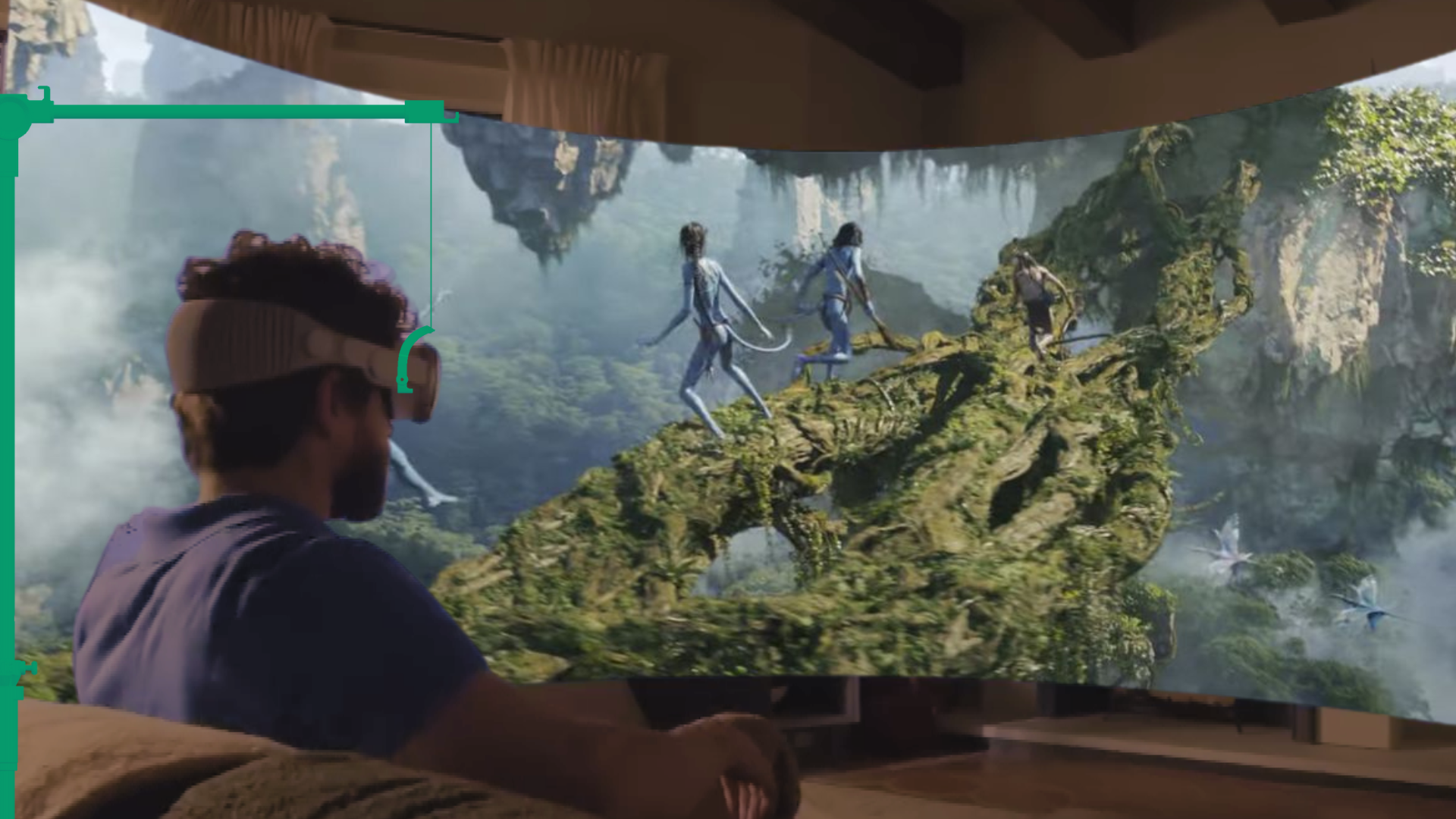
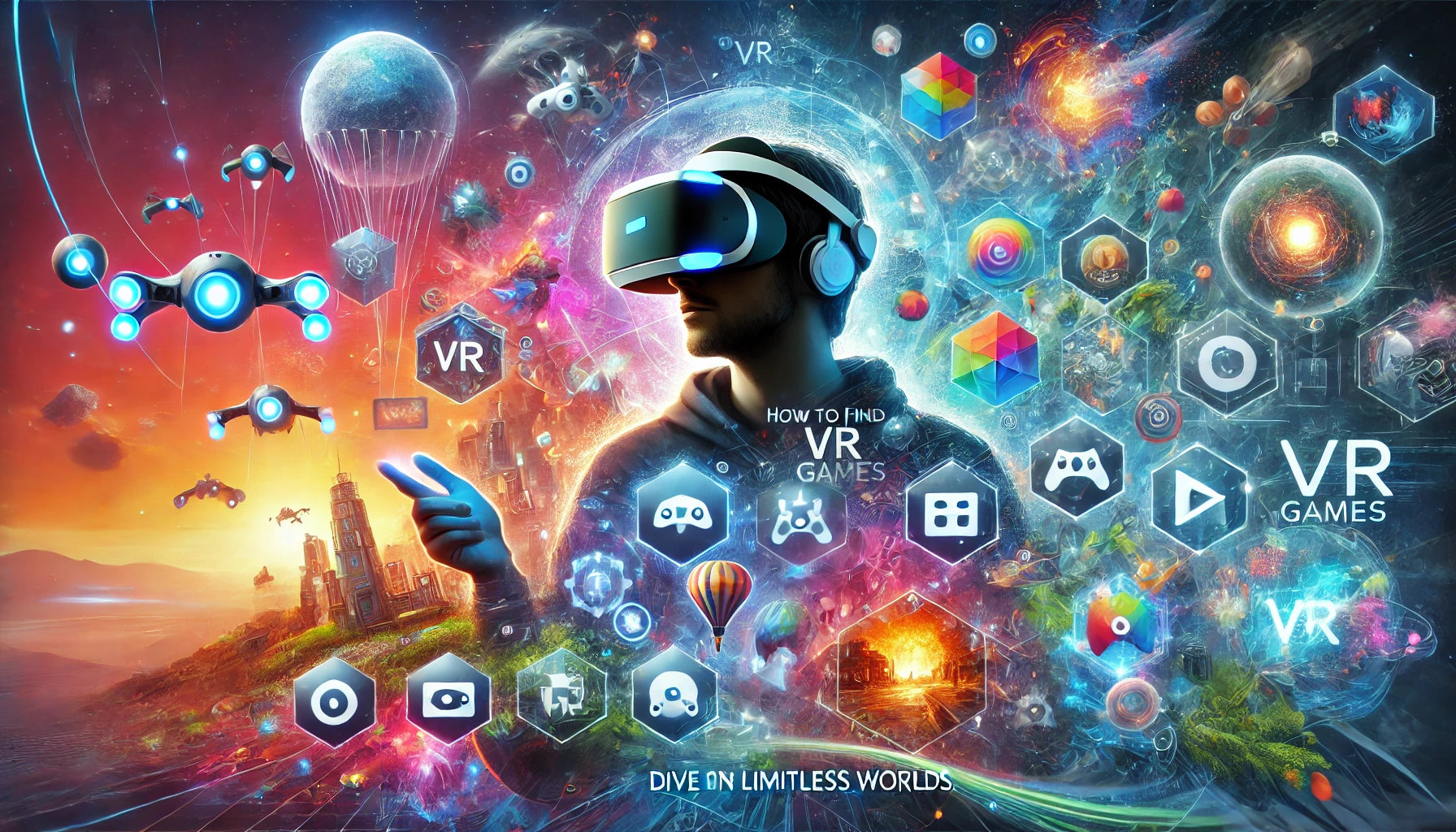
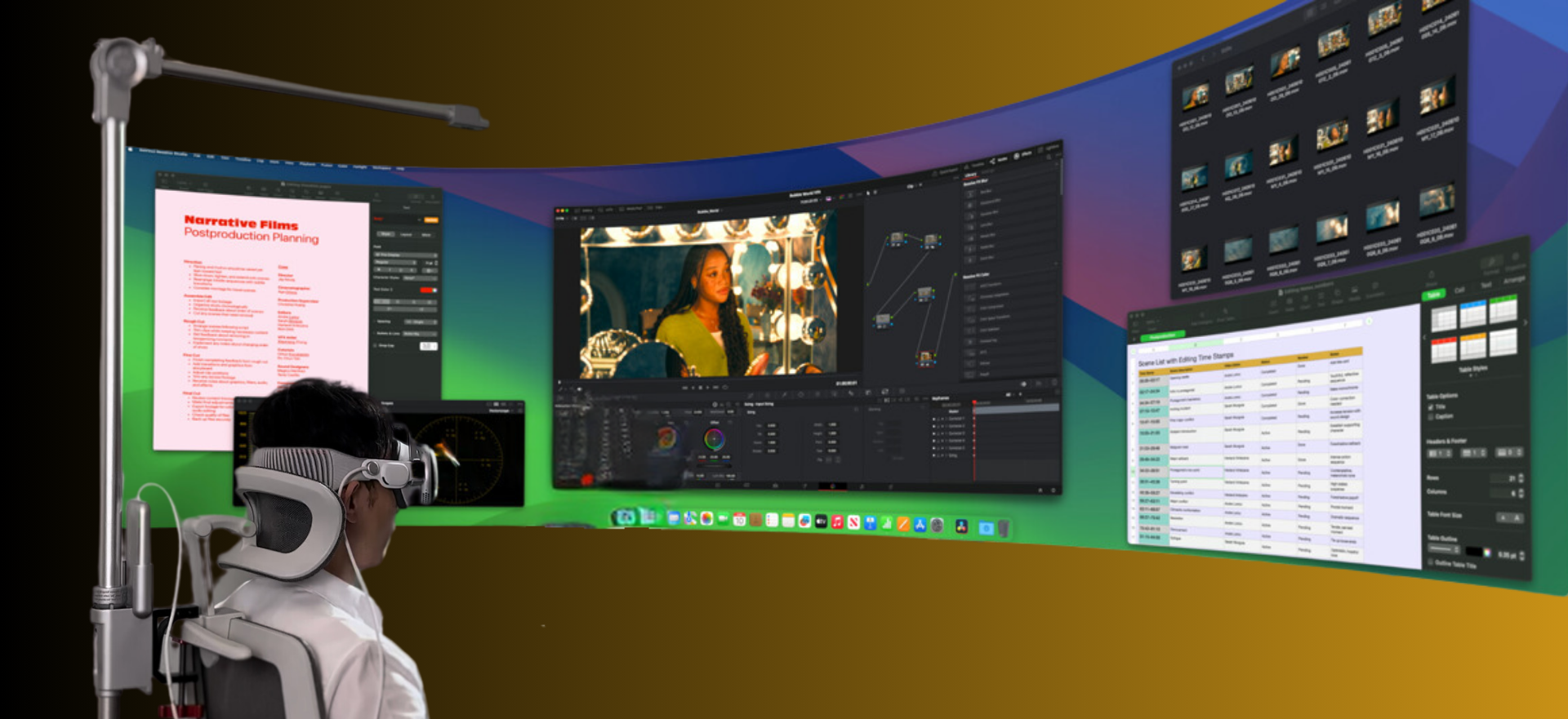
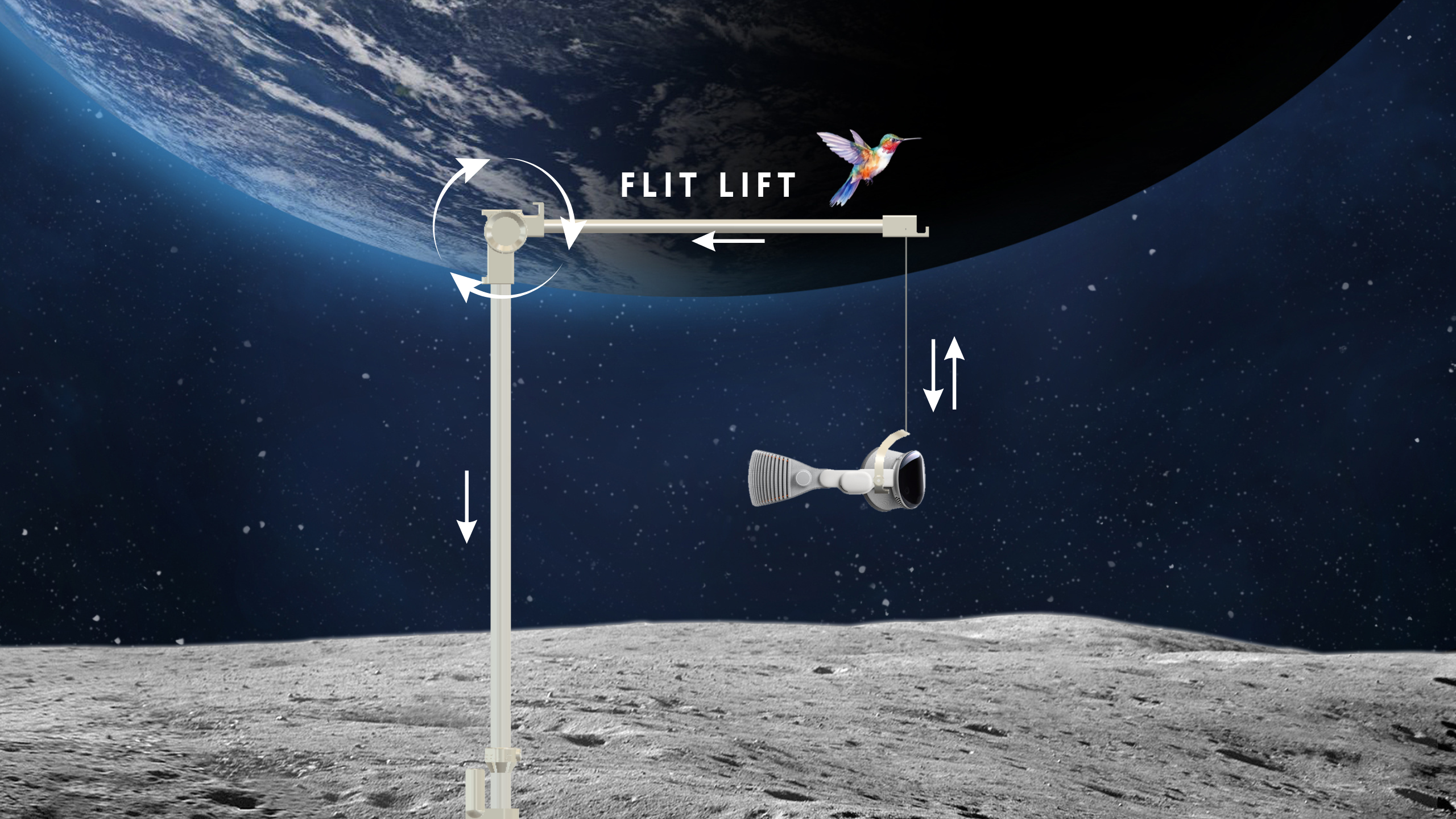
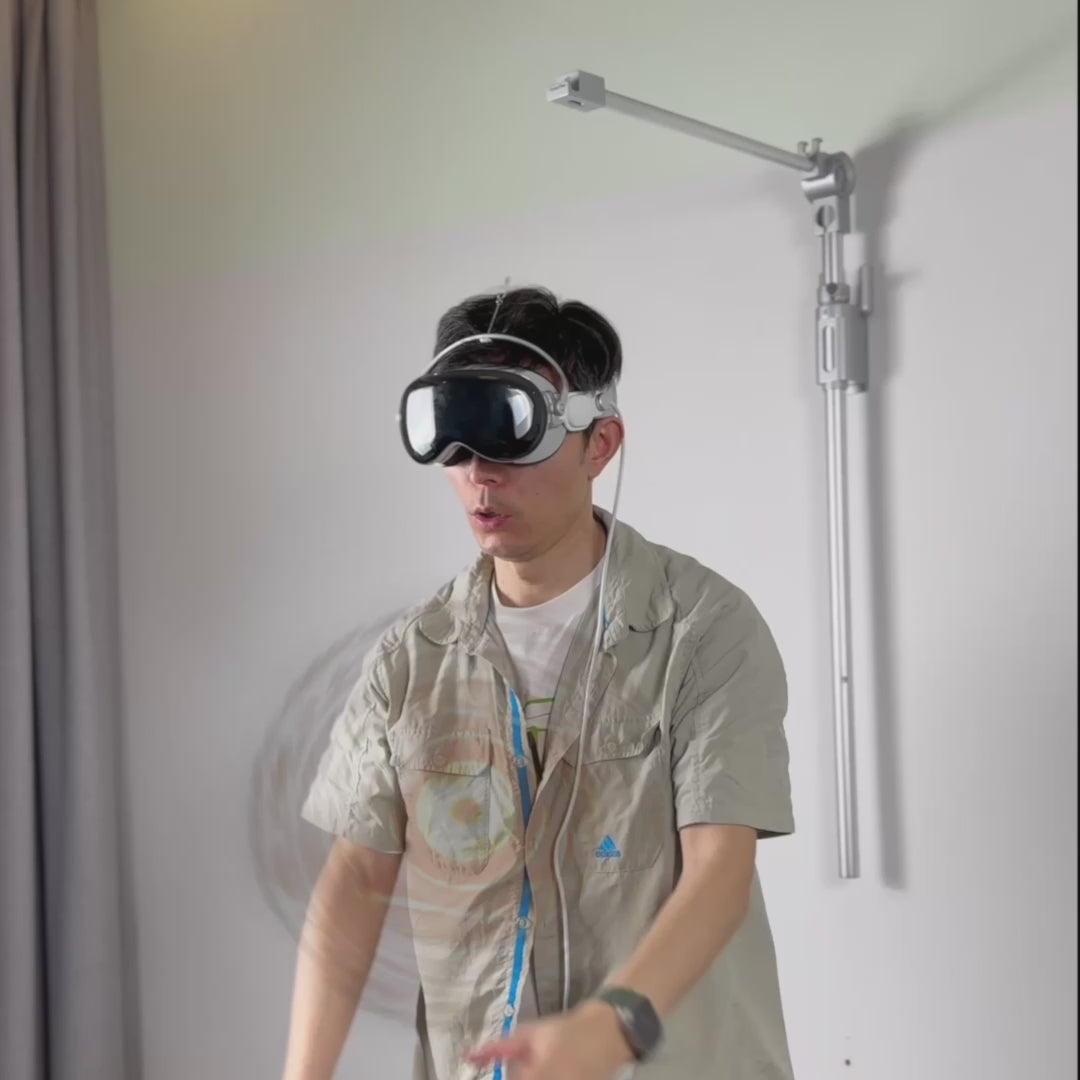
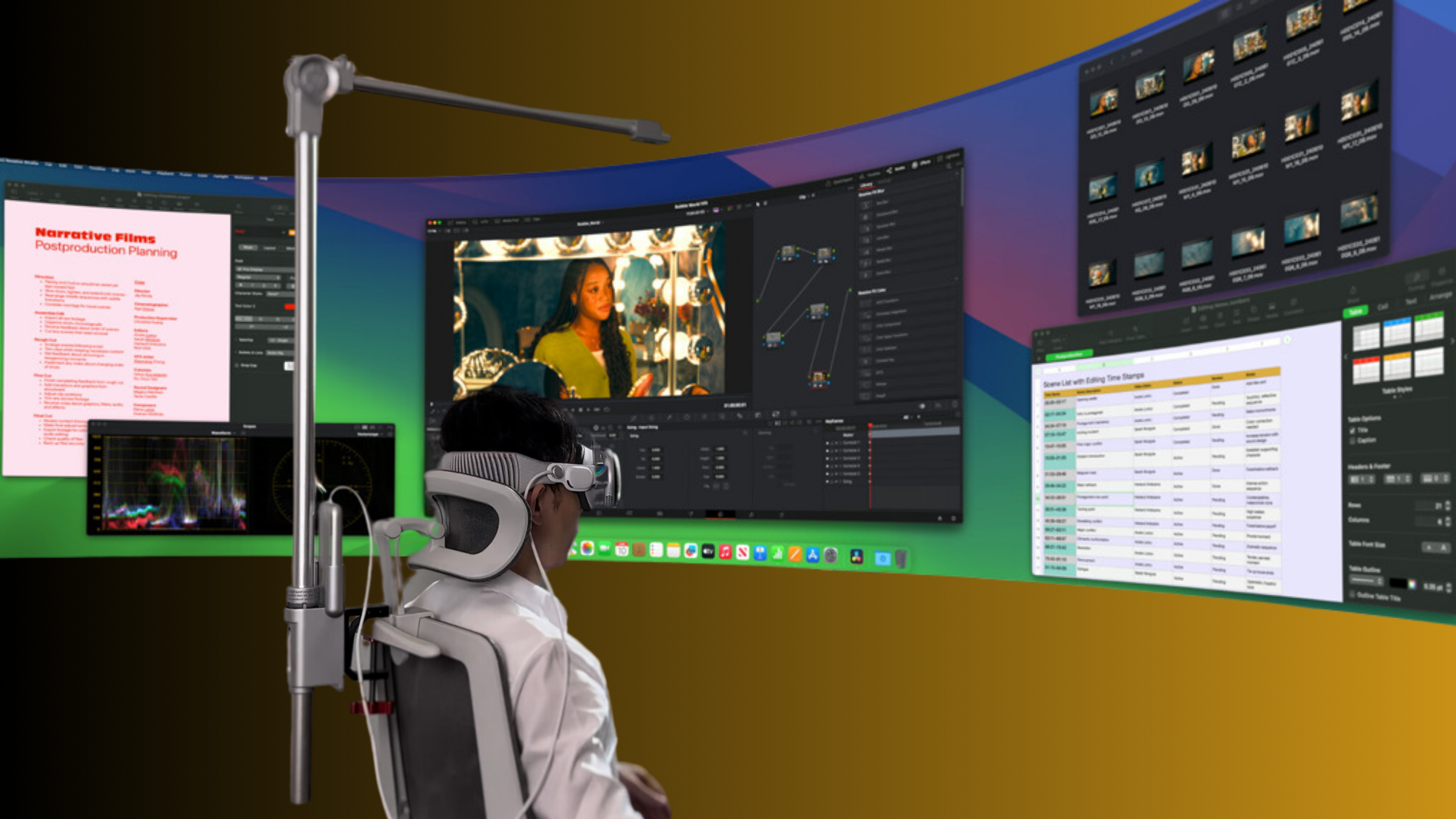

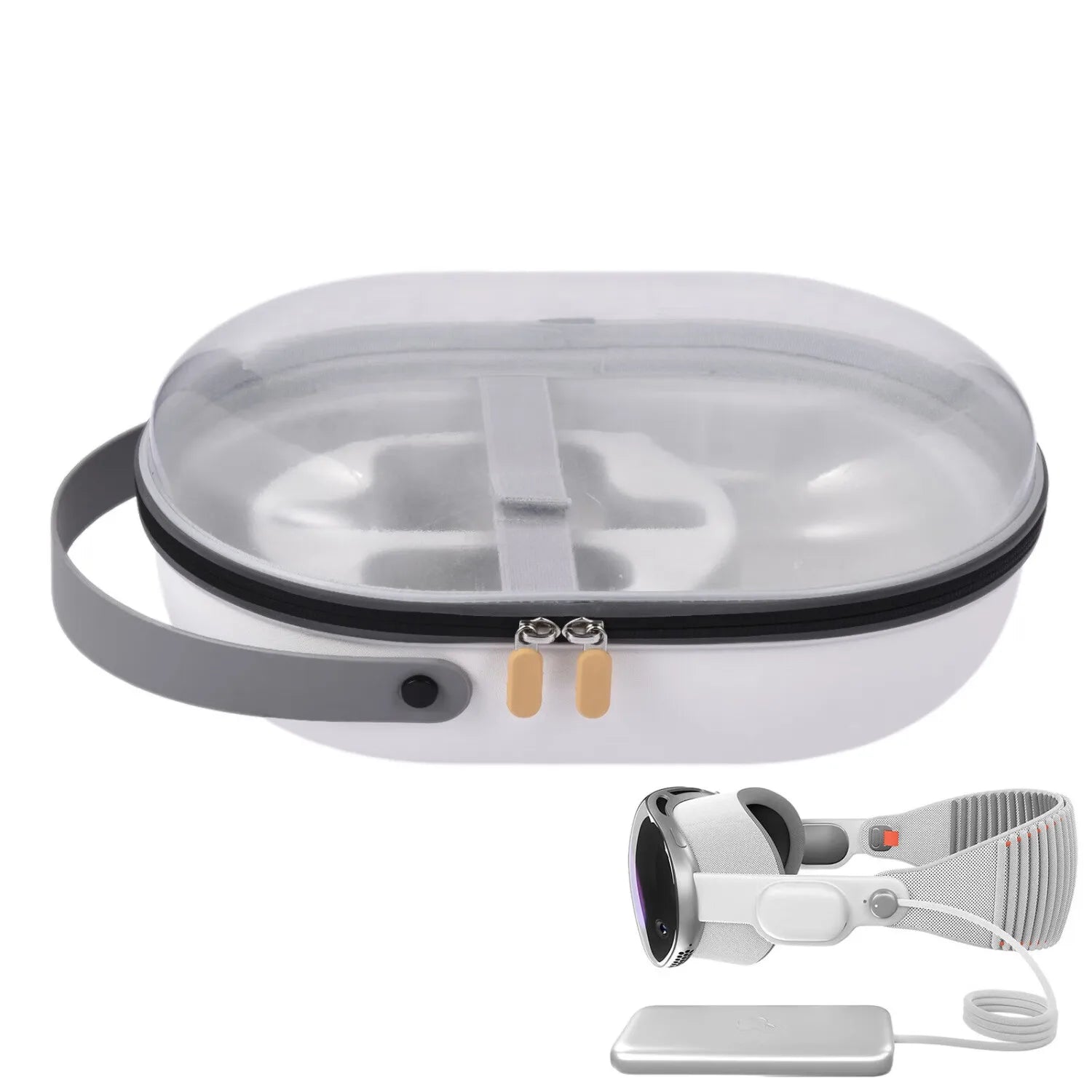
Compartir:
DIY Vision Pro stands: affordable upcycling ideas to hold and access your headset
Glasses-friendly Apple Vision Pro face padding and frame-safe solutions